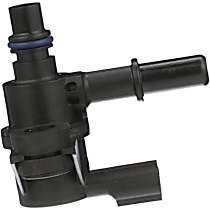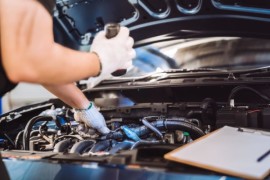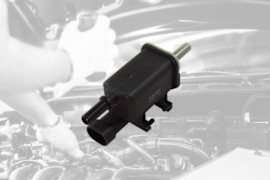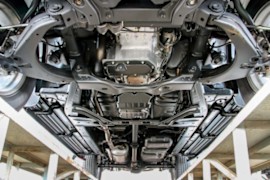{
"lazyNodes": false,
"abFitnotesFlag": false,
"abCrawlReviews": true,
"productOptionsCookie": false,
"orderDelayFlag": false,
"skipSessionCookie": false,
"covidMessage": false,
"fullTitleCookie": false,
"nrLoggerCookie": true,
"checkoutReviewCookie": false,
"productOptionSeqCookie": false,
"maintenanceFlag": false,
"bufferETACookie": false,
"multiShippingDiscountFlag": false,
"newFitmentFlag": false,
"surveyOptInFlag": true,
"crossSellFlag": false,
"skuMappingFlag": false,
"paySplitCookie": false,
"callDisableFlag": true,
"zipPaymentFlag": "c",
"hassleFreeReturn": true,
"lifetimeReplacement": true,
"cpn_off": false
}Need help?Chat with us
2017 Ford Fusion
2017 Ford Fusion Vapor Canister Purge Solenoids
Refine by:
Shop Catalog
Showing 1 - 1 of 1 results
Sort by:
Part Number: SICP597
Guaranteed to Fit
$31.49
Vehicle Fitment
- 2017 Ford Fusion S 4 Cyl 2.5L
- 2017 Ford Fusion SE 4 Cyl 2.5L
Product Details
Warranty : 3-year or 36,000-mile Standard limited warrantyQuantity Sold : Sold individuallyProp 65 Warning :
![]() WARNING: This product can expose you to chemical which is known to the State of California to cause cancer and birth defects or other reproductive harm. For more information go to www.P65Warnings.ca.gov.
WARNING: This product can expose you to chemical which is known to the State of California to cause cancer and birth defects or other reproductive harm. For more information go to www.P65Warnings.ca.gov.
Page 1 of 1 | Showing 1 - 1 of 1 results
Popular Products

StandardVapor Canister Purge Solenoid - Direct Fit, Sold individuallyManufacturer #CP597
( Reviews) Questions, Answers
STANDARD OE REPLACEMENT VAPOR CANISTER PURGE SOLENOIDS
Revamp your ride with the advanced design, OEM-grade quality assurance and standard-setting performance offered by Standard’s OE replacement vapor canister purge soleno...
Product Questions & Answers
Q:I have a 2018 Ford escape SE awd 1.5L and I keep getting code p0456 would this part fix it? Show Less
Robert
A:BEST ANSWERHi Robert, I'm glad to assist you. We do not carry the exact same part for your 2018 Ford escape SE AWD 1.5L. The code P0456 has several solutions. Or what repairs can fix the P0456 code?
1. Tightening the gas cap and clear trouble codes.
2. Replace the gas cap.
3. Repair leaking EVAP hoses.
4. Replace the EVAP control purge valve.
5. Repair wirings to EVAP control purge valve.
6. Replace the charcoal canister.
I hope this helps. Happy shopping. Show less
Jeonino E.
2 Questions, 1 AnswerView all Q&As >
Helpful Automotive Resources
P0466 Code: EVAP Purge Flow Sensor Circuit Range / PerformanceNote: The definition of code P0466 might differ according to the vehicle manufacturer. Check the appropriate repair manual or repair database for the exact code definition.
The EVAP system prevents fuel vapors from entering the atmosphere by trapping the vapors in a vapor canister, then “purging” the vapors into the engine
P0458 Code: Evaporative Emission System Purge Control Valve Circuit LowThe purge valve sits on the line between the EVAP canister and intake manifold and only opens when the engine is running under certain operating conditions. This then creates a vacuum in the EVAP system.
P0465 Code: EVAP Purge Flow Sensor CircuitAlthough EVAP systems in general date back to the 1970s, the modern enhanced systems appeared in 1994, then became ubiquitous on passenger cars and light trucks. By 1997, enhanced EVAP systems became almost standard EVAP. This was part of the OBD2 protocol, but even after OBD2, there were both enhanced
Canister Purge Valve Solenoid: Symptoms, Replacement CostWhen the engine is off, fuel vapors from the gas tank are stored in the canister. The canister contains activated charcoal, which traps the vapors until the engine is running and conditions are correct for a vapor purge.
P0499 Code: Evaporative Emission System Vent Valve Control Circuit HighThe EVAP system consists of hoses, valves, and a charcoal canister. To prevent vapors from being released into the atmosphere, they are routed into the charcoal canister, then into the intake airflow where they are burned in the engine.








